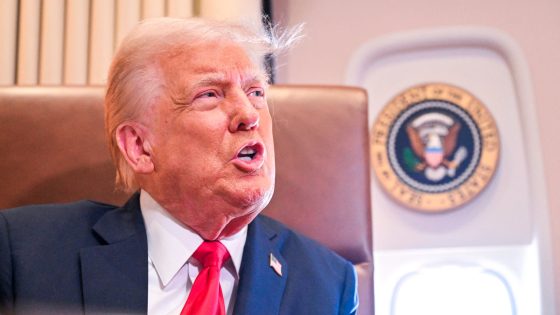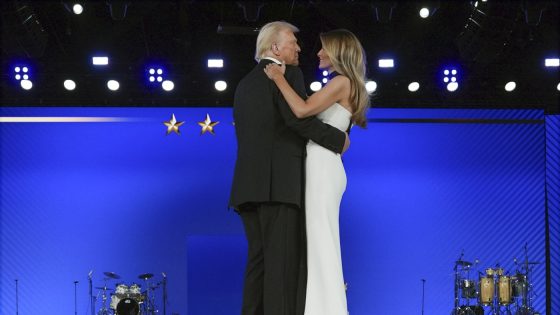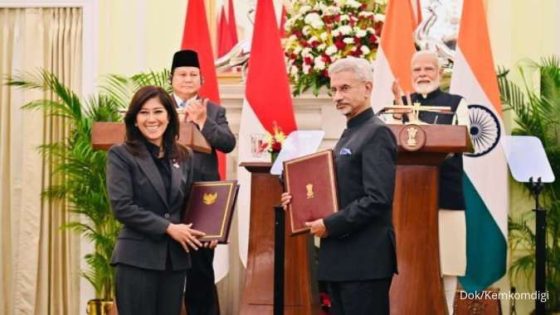On February 10, 2025, President Trump announced plans to impose a 25% tariff on steel and aluminum imports. This decision is expected to significantly impact trade relations, particularly with countries exporting these materials to the united states.
- Trump announces 25% tariffs on steel imports
- Aluminum tariffs also set at 25%
- Market confusion following tariff announcements
- Japan faces potential reciprocal tariffs
- Financial implications for global trade relations
The tariffs are part of a broader economic strategy aimed at protecting domestic industries and jobs. Key participants in this announcement include U.S. trade officials and representatives from affected sectors.
The introduction of the 25% tariffs on steel and aluminum marks a significant shift in U.S. trade policy under President Trump. The administration argues that these tariffs will protect American manufacturers from unfair competition and help revitalize the domestic industry.
Key details surrounding the announcement include:
- The tariffs will take effect shortly after the announcement.
- Countries heavily reliant on exports of steel and aluminum to the U.S. may face economic repercussions.
- This decision has already led to declines in stock markets as investors react to potential trade wars.
In addition, there are concerns about reciprocal tariffs from other nations, particularly Japan, which could target U.S. agricultural products and automobiles in response. The implications of these tariffs extend beyond immediate economic impacts; they may alter long-standing international trading relationships.
The proposed tariffs represent a critical juncture for U.S.-global trade relations, emphasizing national interests while raising questions about future diplomatic engagements with key trading partners. As developments unfold, stakeholders across various sectors will need to monitor the situation closely.

































